
Adidas Slip On Slipon Original Número 36 Branco sem Cadarço Novo | Tênis Feminino Adidas Nunca Usado 34276451 | enjoei

Tênis Feminino Meia Sem Cadarço Leve Caminhada Academia Corrida Sapato Feminino Casual Tênis Feminino Branco (BR, Adulto, Numérico, 34) | Amazon.com.br
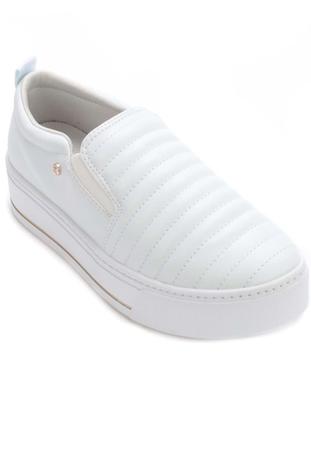
Tenis Ramarim Chunky Flatform Slip On Sem Cadarço 2397224 Branco - Slipper / Slip On Feminino - Magazine Luiza

Tenis casual feminino smash all star conforto iti malia branco sem cadarço - R$ 99.90, cor Branco (look com jeans, retro) #153332, compre agora | Shafa
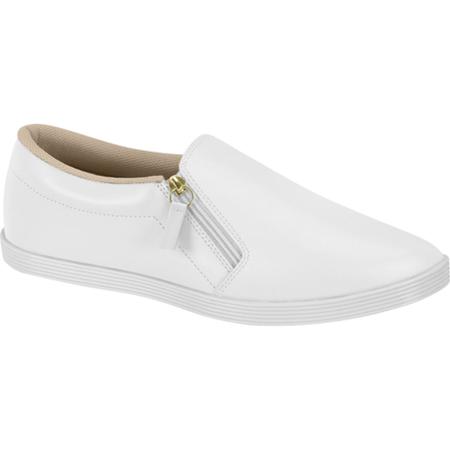
Tênis slip on feminino beira rio 4205.132 sem cadarço branco - Slipper / Slip On Feminino - Magazine Luiza
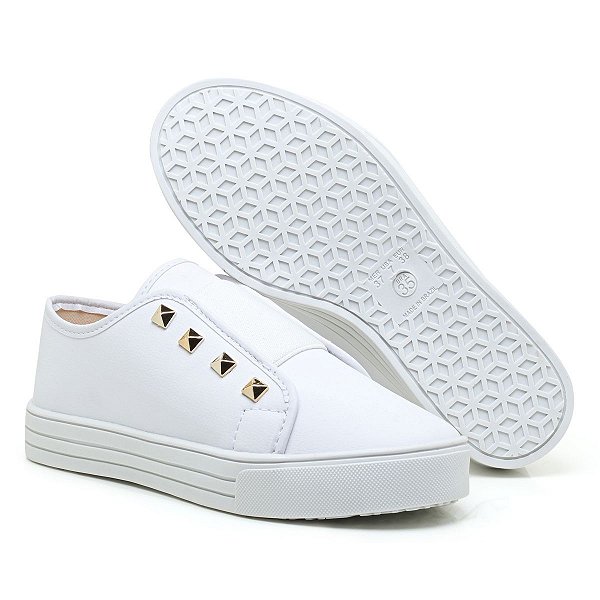
Tênis Feminino Casual Leve Sapatênis Moda Confortável Básico Rebite Se - Loja de Calçados Online | THOWS

Tênis Slipper sem cadarço Branco Beira Rio/Tenis Feminino Confort Casual Sapatenis Sapatilha | Shopee Brasil

Kit 2 Tênis Feminino Casual Leve Sapatênis Moda Confortável Básico Reb - Loja de Calçados Online | THOWS
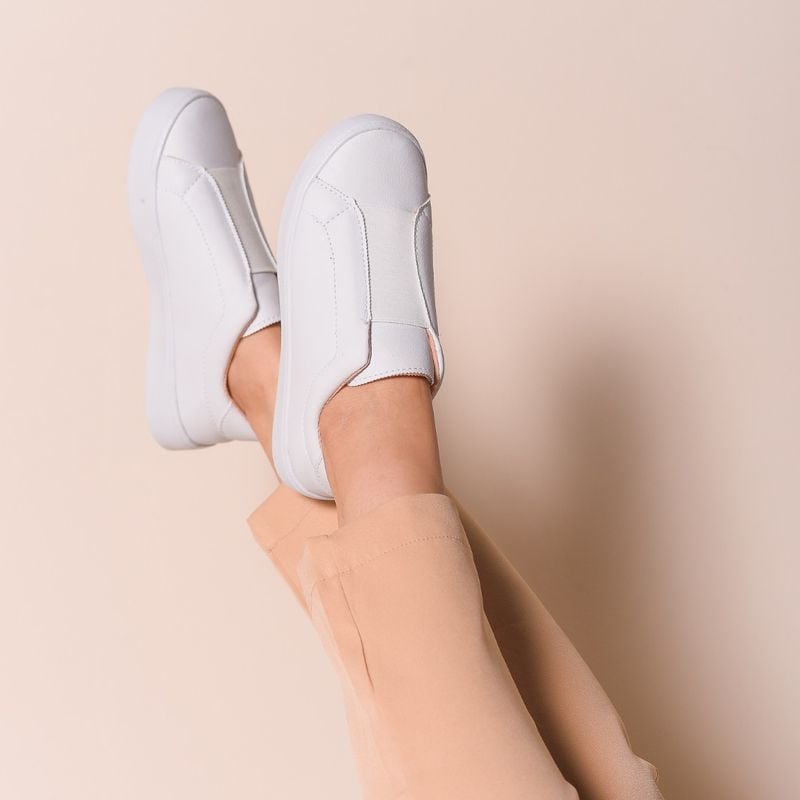
Tenis Feminino sem Cadarço com Elástico Branco Casual | Tênis Feminino Menina De Marte Nunca Usado 86702776 | enjoei


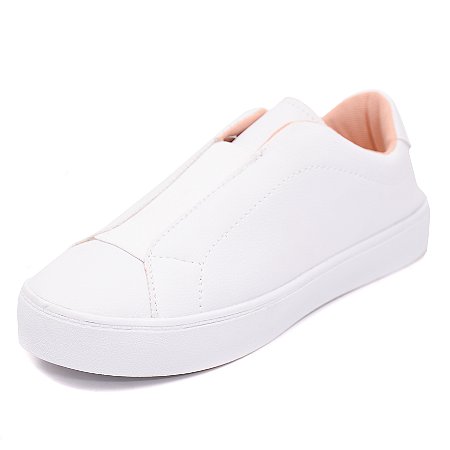
:quality(80)/sapatoan/catalog/tenis/mm001/tenis-branco-feminino-marina-melo-casual-com-velcro-e-com-salto.png)












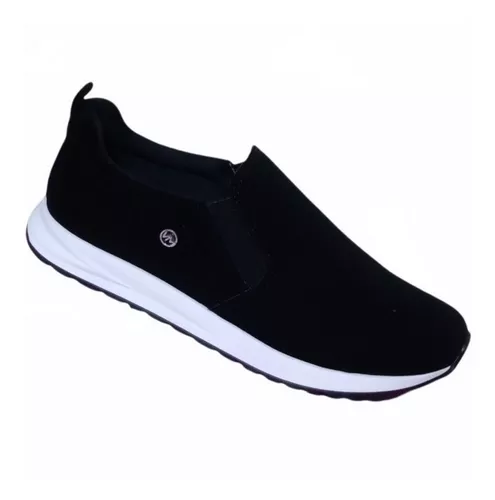

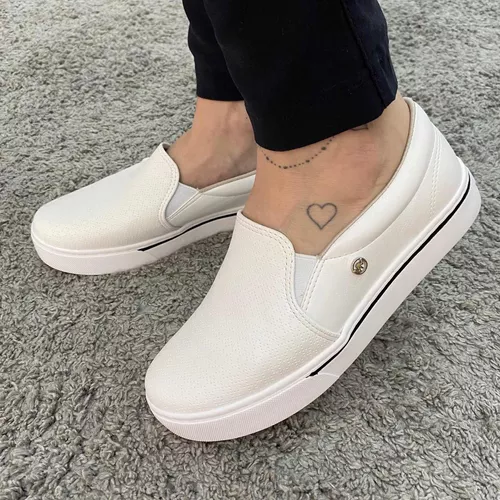

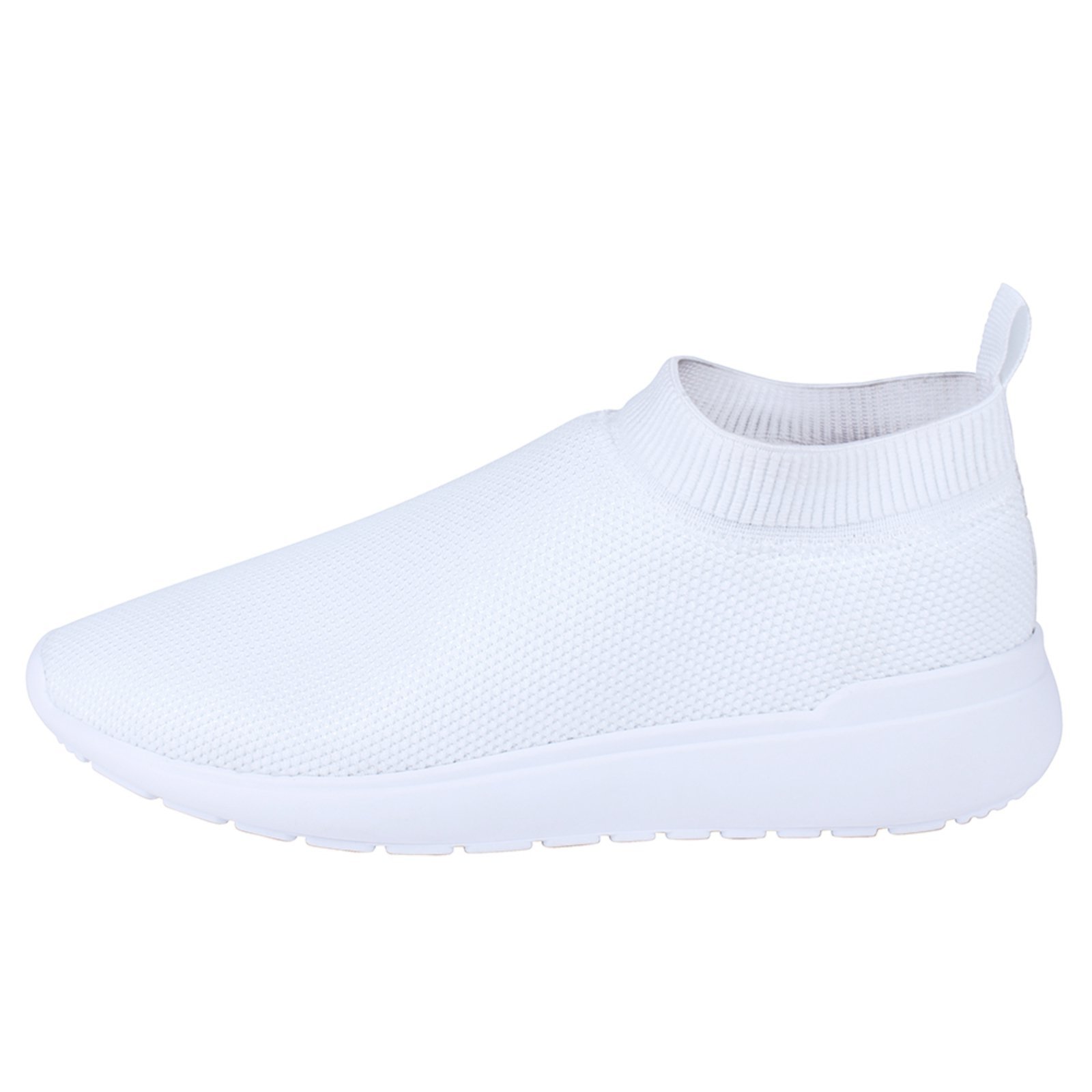



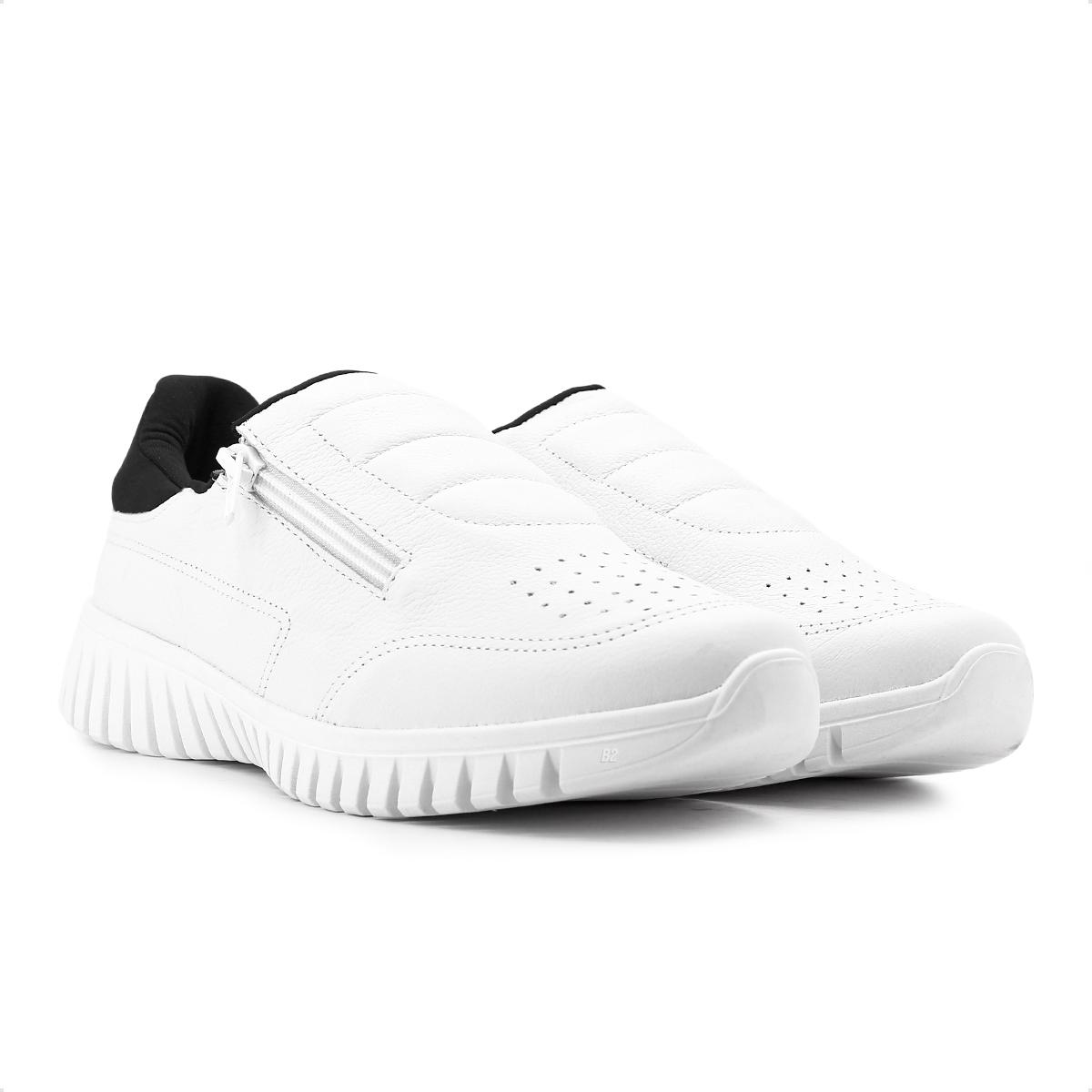

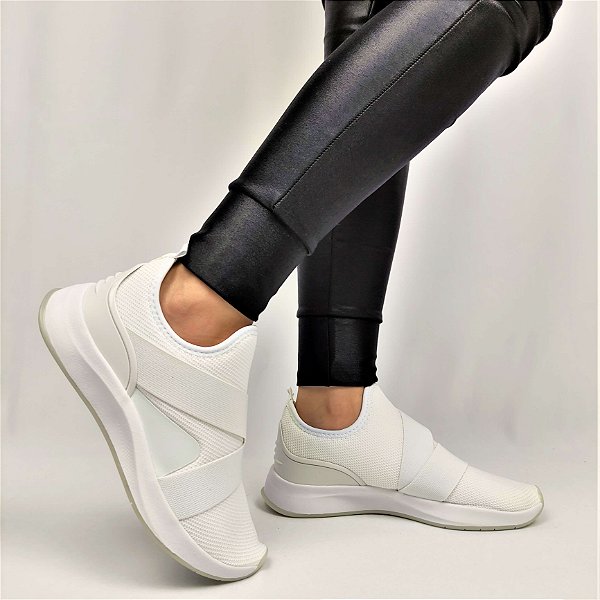
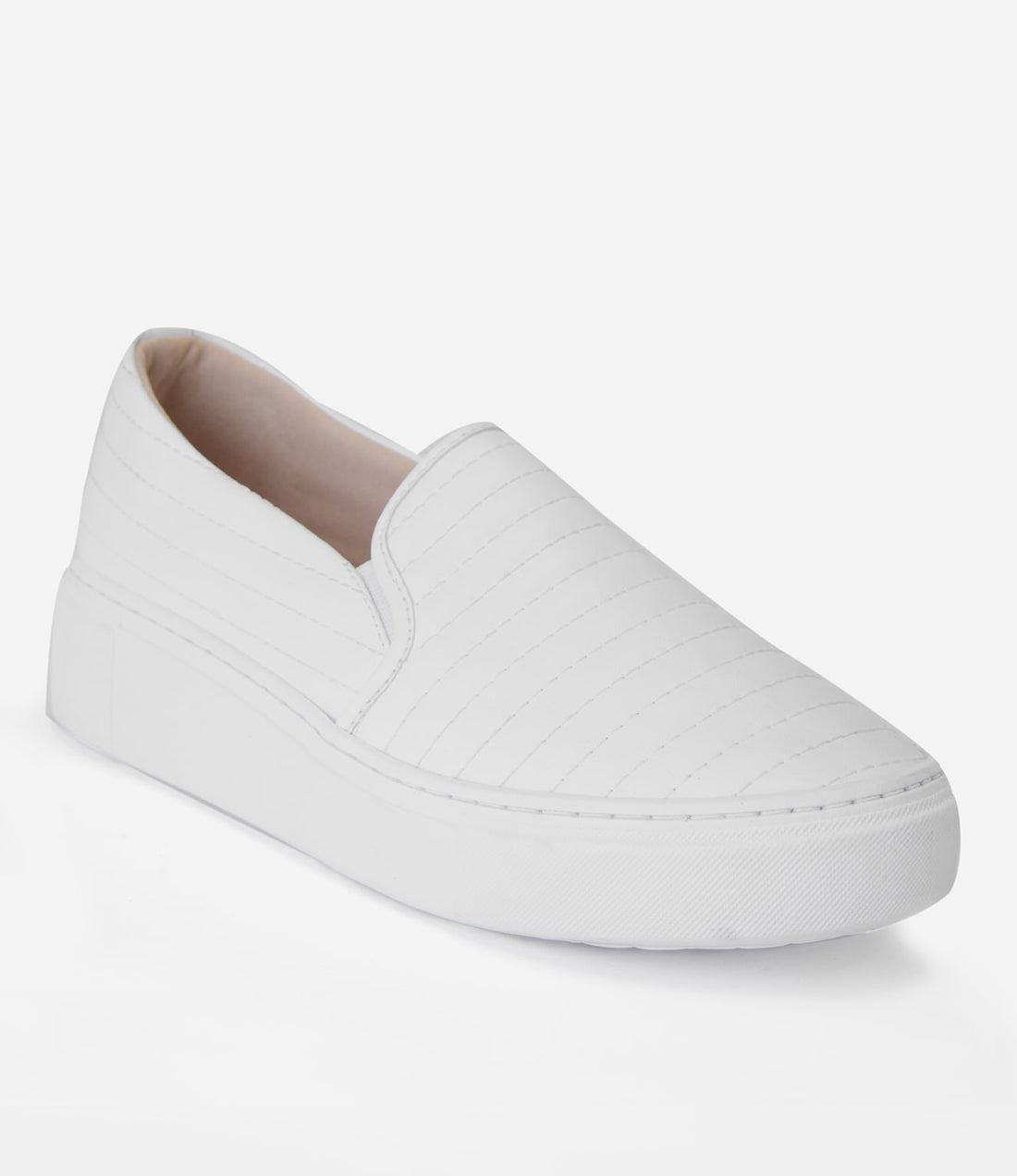
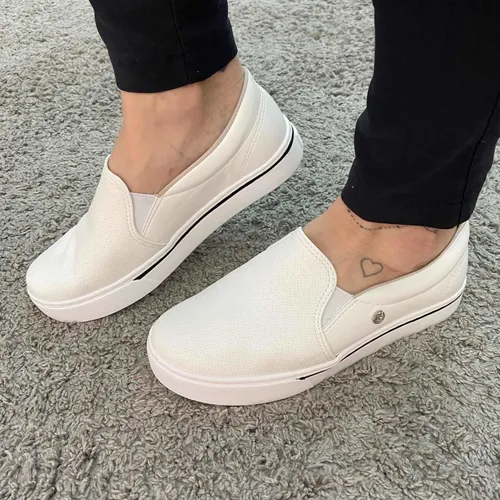
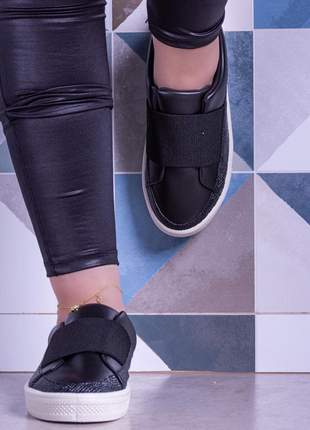



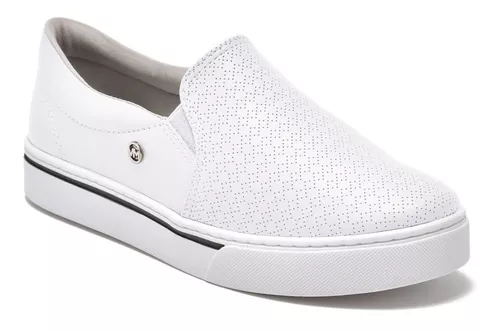
:quality(80)/sapatode/catalog/produtos-femininos/via-marte/1753/te-nis-feminino-sem-cadarc-o-preto-via-marte-1753-1.jpg)



